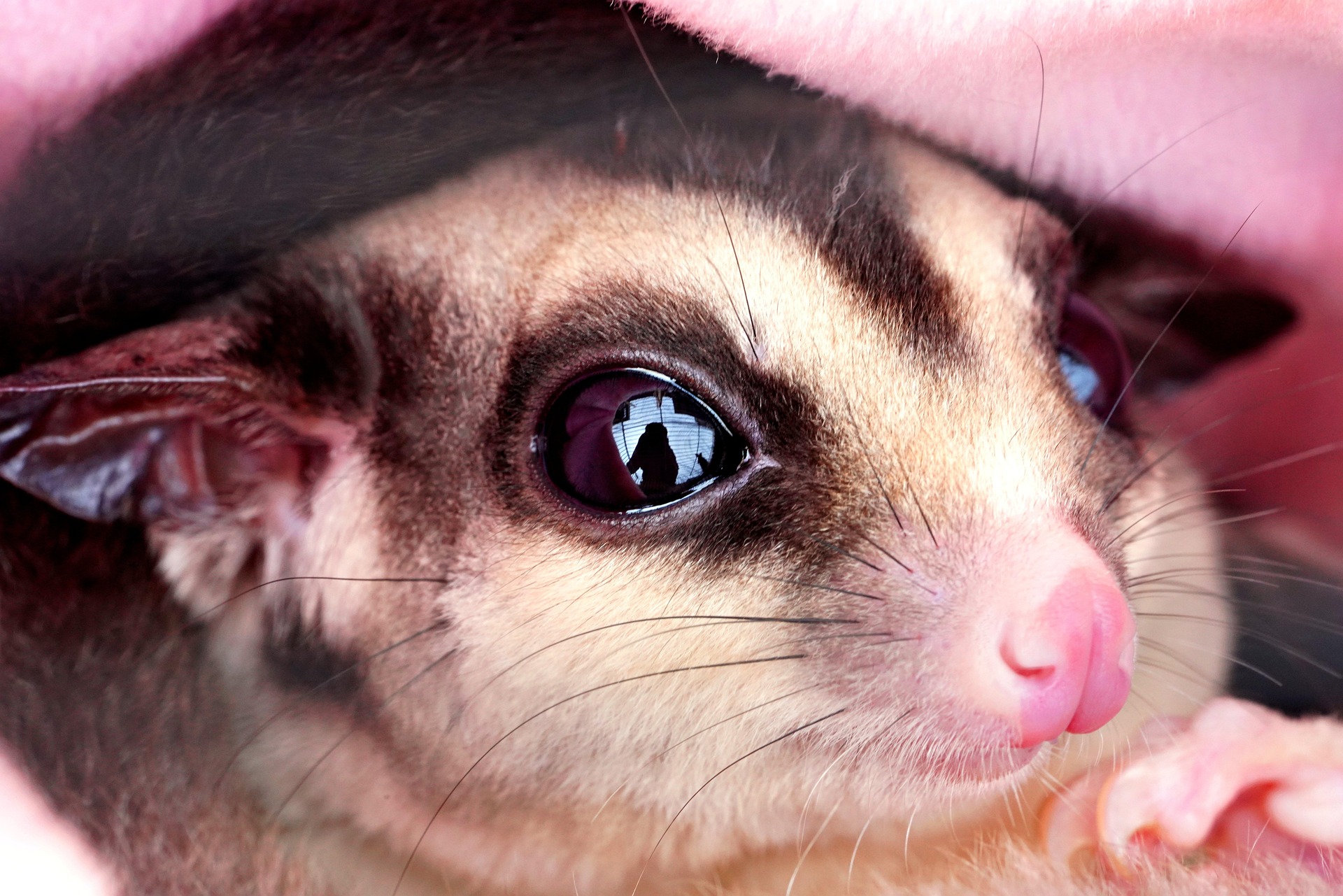The Unexpected Pets: Keeping and Caring for Sugar Gliders
*Unleashing the aerial wonders of the intriguing nocturnal marsupials known as sugar gliders – the joys, challenges, and important framework for their proper care.*

Sugar Gliders: A Historical Perspective
The sugar glider (Petaurus breviceps) belongs to the marsupial family, sharing ancestry with other familiar animals like the kangaroo and koala. These captivating creatures are native to parts of Australia, Papua New Guinea, and Indonesia. Named for their unique diet preference and flying ability, they were relatively unknown in the United States until a surge in exotic pet interest in the late 20th century.
Sugar Gliders Today: Pets that Glide Through the Air
Currently, sugar gliders remain a popular choice for exotic pet enthusiasts, standing out for their sociable nature, distinct features, ability to glide, and nocturnal lifestyle. Updated regulations allow them to be legally kept as pets in most states. It’s essential to note, however, that they are a significant responsibility, requiring a specific diet, environment, and social structure.
Taking Care of a Sugar Glider: What Does It Involve?
At first glance, these pocket-sized creatures seem like an easy pet to handle, but sugar glider care is far from simple. They necessitate a specifically tailored diet, including nectar, fruits, insects, and even eucalyptus gum in the wild. Although pet food manufacturers offer sugar glider-specific diets, vets often recommend supplementing with fresh fruits, protein, and a vitamin-mineral mix.
Additionally, sugar gliders are highly social animals. In the wild, they live in large family units and mature gliders can suffer from depression if kept alone. Creating an environment that allows for regular interaction and companionship is fundamental for their health.
Market Impact of Sugar Gliders: A Quick Cost Overview
Due to their demand, the prices for sugar gliders can vary significantly, generally ranging from $100 to $500 dependent on the breeder and the glider’s color variation. This price excludes the ongoing cost of their diet, habitat maintenance, and veterinary care, which often match or exceed that of conventional pets like cats or dogs over time.
Environmental Concerns: The Wild Sugar Glider
While sugar gliders have thrived as pets, their wild counterparts face mounting threats in their native lands. Rapid deforestation, bushfires, and even climate change are affecting the sugar glider populations in Australia, leading to a noticeable decrease in certain regions. Encouragingly, dedicated conservation efforts are being made to protect wild sugar gliders which involves creating artificial nests, planting native trees to foster habitats and strict regulations on trapping wild sugar gliders.
In conclusion, the allure of the sugar glider as an exotic pet is undeniable. They offer companionship, a unique bond, and fascinating behaviors unlike any pet. However, potential owners must be aware of the significant commitment and responsibility required to ensure a happy, healthy sugar glider. Hopefully, through education and understanding, these captivating creatures will continue to be admired not only as pets but as integral parts of our natural biosphere.




